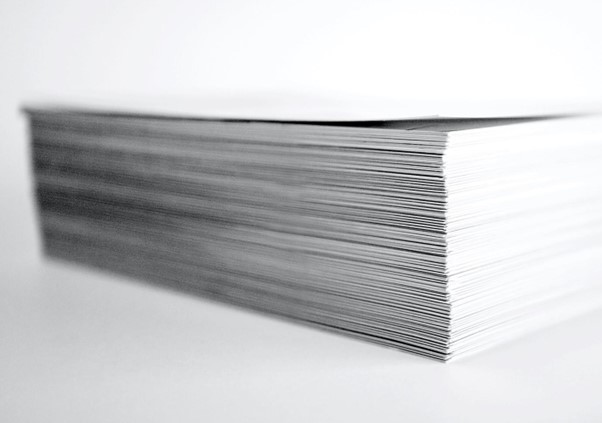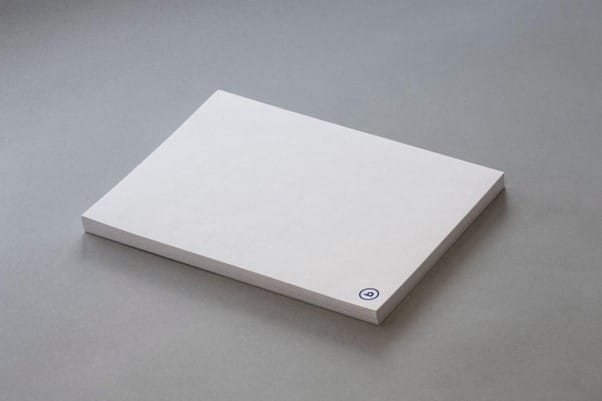Paper is an essential part of almost every type of business, and the market for office and commercial paper goods is constantly expanding. With so many different styles and sizes of paper on offer, it can be easy to get lost as to what’s available and which is best for your company. That’s where this article comes in!
In today’s world, there are so many different paper sizes that you might not even know when you’re using them. However, that shouldn’t come as a surprise – with so many different documents, contracts, and more always used, it makes sense that the industry has created many different paper sizes over time.
This article will describe the most popular paper sizes in the business world, such as A1, A2, A3, A4, and A5. Read on to find out specifics about each of these paper dimensions.

5 Commonly Used A-Series Paper Sizes in the Industry
A-series paper sizes range from A0 to A10, and all share the same aspect ratio of A series (where an is the longer end and b is the shorter end). Since A series sizes have the same aspect ratio (√2), they can be scaled to other A series sizes without deformation, and two sheets can be scaled to fit on exactly one sheet with no cutoffs or margins. For instance, A5 is half the size of A4 paper, and A2 is half the size of A1 paper. Let’s examine them in further depth.
1. A1 Paper Size
A1 paper is typically utilized for technical drawings, flip charts, and posters. This huge document requires a specific minimum printing resolution. At 300 pixels per inch (PPI), the image dimensions must be 7016 by 9933 pixels. To get high-quality prints of A1 size, you’ll need a digital camera with a resolution of 20 megapixels or higher. Images viewed from a distance could require fewer megapixels (such as posters).
A1 paper is ideal for corporations with a lot to say because of its large size and striking visual effect. A1 paper is perfect for delivering your brand message to a targeted audience through technical drawings, display banners, or temporary indoor marketing signs. One of the most popular uses for A1 paper in various fields is to showcase project activities and large-scale presentations. An additional benefit of A1 paper is that it is quite lightweight. It is a durable signage option that can be tacked up on walls and bulletin boards, drawing the attention of passers-by with ease.

2. A2 Paper Size
Due to its versatility, A2 paper is frequently used for medium-sized posters, architectural drawings, schematics, and huge wall calendars. A certain minimum resolution is needed for an image to be displayed correctly. The number of pixels necessary depends on the output quality desired.
At 300 pixels per inch (PPI), the image dimensions must be 4960 by 7016 pixels. This minimum resolution is necessary for short-range, high-quality offset printing (such as books, brochures, magazines, and calendars). It is also the optimal image resolution; however, a slightly lower pixel count (200 to 220 dpi) is acceptable for beautiful shots.
At 150 PPI, the required picture dimensions are 2480 x 3508 pixels. This is the minimum resolution needed for newspapers and posters viewed from a relatively close range.
3. A3 Paper Size
This is also one of the most popular sizes, along with A4. Therefore, it is unsurprising that most office printers can accommodate A4 and a3 coloured paper. So, what is its function? It can print everything from sketches to finished artwork to photographs, magazines, musical scores, and certifications. It is also the ideal shape for promotional flyers (folded six times); its vast size allows you to exhibit a convention center map or a diagram with several branches.

4. A4 Paper Size
A4 paper stock is compatible with the vast majority, if not all, of printers and photocopiers. A4 paper is so adaptable that it can turn into anything from a book cover and A4 poster to a tiny, folding flyer.
A4 is perfect for eye-catching visuals and minimalistic text due to its tiny yet substantial size. In addition, A4 paper works exceptionally well with marketing efforts; it can be readily distributed in high-traffic locations or slipped into an envelope and mailed out. Sheets of this size may be easily stored and transported, and they are also a good form of promotional material that will last for a long time.
Additionally, A4 paper sheets are ideal for personal and professional office stationery. You can use an A4 paper stock to create a standard notepad, letterhead, or a self-adhesive poster, allowing people and businesses to keep organized and prepare for future commercial endeavors.
5. A5 Paper Size
The A5 format is also popular. A5 is the ideal size for notebooks, as it is less bulky than A4, convenient for note-taking, and doesn’t take up too much room in a bag. For the same reason, A5 is a great size for printing books, magazines, flyers, and leaflets.

Closing Comments
While everyone in the corporate world and beyond is familiar with the general terms for paper sizes, only some understand what those names represent or how those dimensions are calculated. Several paper sizes are essential to our daily lives, and understanding them may save you time and money when copying and printing. We hope you have learned the most common paper sizes and how to use them.

















































